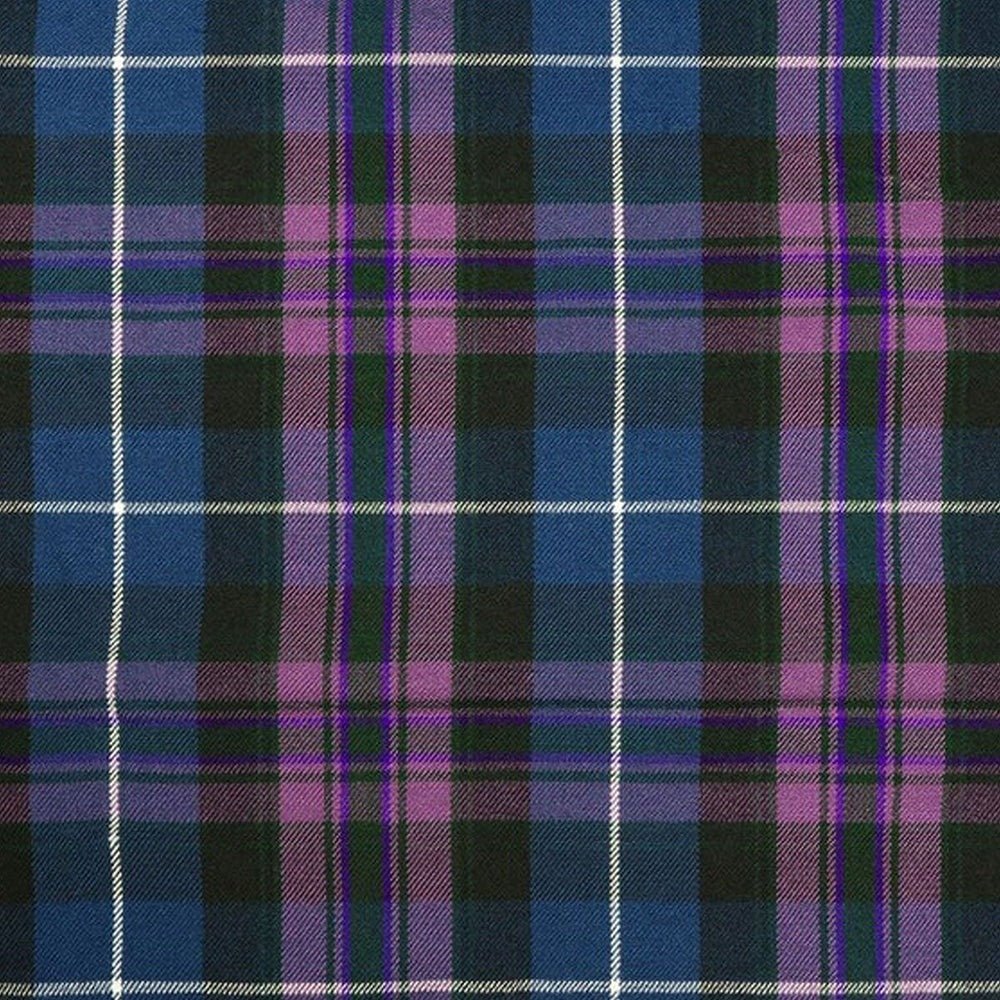

Pride of Scotland Modern Tartan Kilt Celebrate Your Heritage
The Modern Tartan Kilt from Pride of Scotland creates a display of Scottish heritage and pride. Its fine colors and elaborate patterns are woven into its distinct design, thus it is the proud wear for Scots and enthusiasts worldwide, yet it doesn't tie to one clan; it's a pan-Scottish identity.
It dates back to the late 20th century when the old boundaries of clan associations were being broken off, and the designs for tartans started changing. The Pride of Scotland Modern Tartan was thus made to observe and respect Scottish culture, embracing the radiant spirit of Scotland and its diversity itself.
The tartan typically features deep blues and greens and purples, with white and black-weaving, which symbolizes the scenery and traditions of Scotland. Each color of the tartan holds a special meaning: the blue depicts clear skies in the Highlands, green the succulent landscapes, while purple depicts the heather that covers the hills.
The Pride of Scotland Modern Tartan Kilt is worn to identify and connect with their heritage-a bond that connects the Scots to their past, which makes them feel superior in a cultural sense, whether while attending formal gatherings, celebrations, or casuals. The kilt has become popular not only in Scotland itself but also abroad in the Scottish diaspora for its sense of belonging and identity.
Unlike clan-specific tartans, the Pride of Scotland Modern Tartan is accessible to whoever may wish to display a Scottish sense of identity. It does, in fact, provide the symbol that unites Scots themselves with those of any other nationality who respect the depth of history and tradition that can be found in Scotland.
While the Modern Pride of Scotland Tartan remains a favorite in kilts and accessories, it is increasingly also being worn to ceremonies. This makes it both a winner among traditionalists and those who find meaning in current developments related to Scotland's history and heritage. People today connect with Scotland's past but celebrate a living cultural legacy.
Choose options


